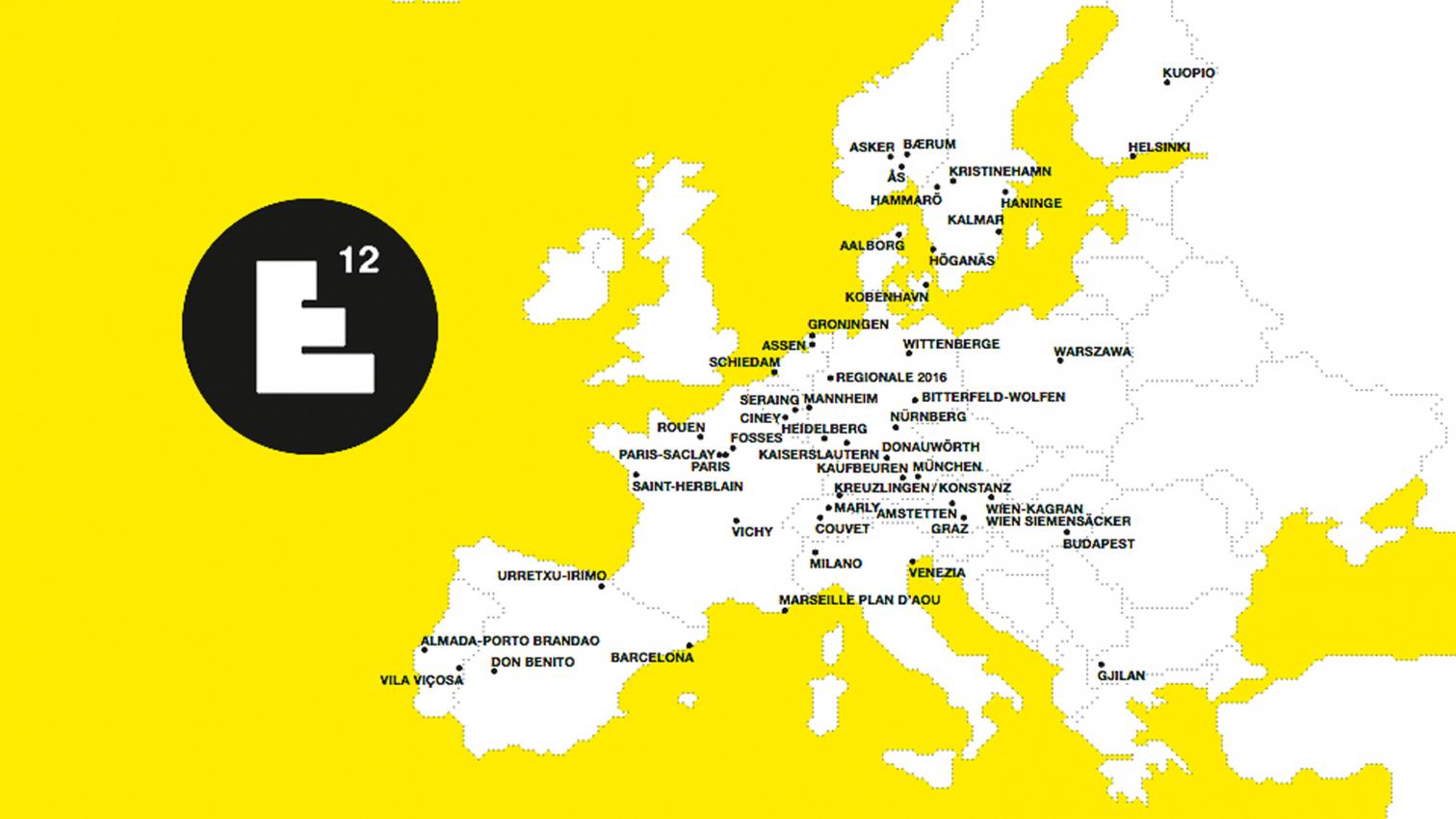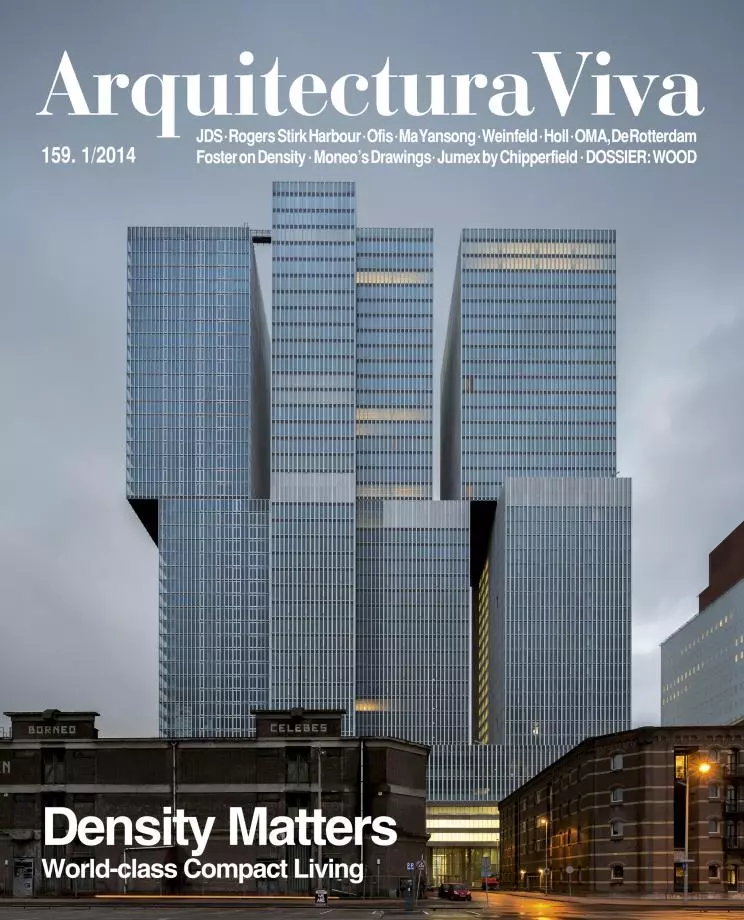
Since its first edition back in the year 1988, the competition Europan has been a major incentive for architects below the age of forty, for whom capping a first award has constituted an unequaled opportunity to build for the first time, often even abroad, and occassionally a launching pad for a solid professional career. Although the chances of obtaining a real commission through these contests have by now been drastically reduced, and winners are happy to make do with receiving a cash prize, participation in Europan remains high. Suffice it to look at the 1,762-strong proposals that were submitted for the twelfth cycle of the competition, which was organized under the motto ‘The Adaptable City: Inserting Urban Rhythms’ in a total of fifty-one locations of sixteen different European countries, the results of which were made public in December.
The twelve national juries this time around selected 106 designs, and from these emerged 43 winners, 63 second prizes, and 64 mentions. As in previous Europan years, there were two discernible patterns. First, at least half the awardees had presented a project in their own countries – explainable by proximity to the competition target sites and perhaps also by affinity between competing local teams and the juries. Second, Spanish teams reaped the greatest number of wins (10 first prizes, 15 second prizes, and 20 finalists, mostly outside of Spain) – which to some degree contradicts the current bad image of the much-laughed-about ‘Brand Spain’ beyond our frontiers, and serves as a hope-filled reaffirmation of the vitality of the country’s young architecture.





